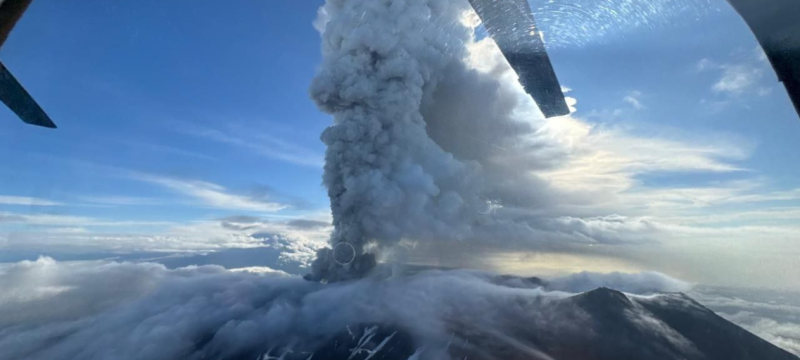In a rare geological event, a volcano in Iran erupts after 700,000 years, surprising scientists and local residents alike. The eruption occurred early Wednesday, spewing ash, smoke, and lava into the surrounding region.
Authorities reported that the eruption prompted temporary evacuations of nearby villages as a precaution. Despite the intensity, no casualties have been reported so far. Emergency services are on high alert to monitor any further activity.
Geologists confirmed that this volcano in Iran erupts after 700,000 years, making it one of the longest-dormant volcanoes to become active in recorded history. The last activity of this volcano dates back to prehistoric times, meaning generations of people had never witnessed it erupt.
The ash plume reached several kilometers into the sky, affecting air travel and prompting airlines to reroute flights temporarily. Environmental experts have warned residents to stay indoors due to toxic gases and fine ash particles in the atmosphere.
Scientists are studying the eruption closely to understand the volcanic behavior and its potential impact on the region. Preliminary assessments suggest that while the eruption is significant, it is unlikely to trigger a large-scale disaster.
Local authorities have set up emergency shelters and are distributing masks and supplies to residents. Schools and public offices in the affected areas have been temporarily closed to ensure safety.
The event has captured global attention, with volcanologists noting that such long-dormant volcanoes rarely erupt without warning signs. Monitoring systems are being upgraded to detect seismic activity and prevent future risks.
The eruption of the volcano in Iran erupts after 700,000 years serves as a reminder of Earth’s dynamic geology and the need for preparedness in regions with volcanic activity.
Read More : Indonesian Volcano Agency Warns After Climbers’ Close Call with Mount Dukono Eruption









